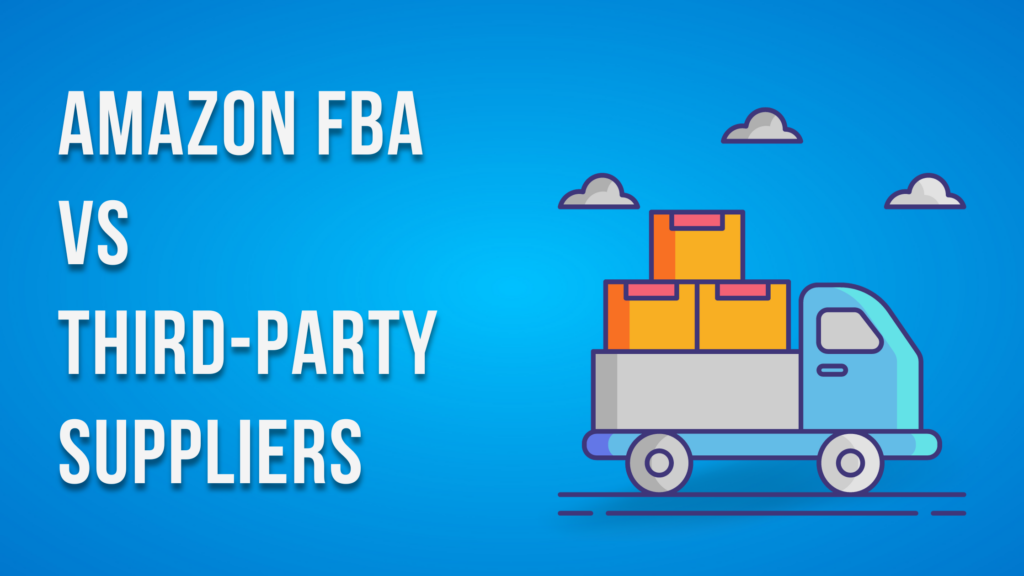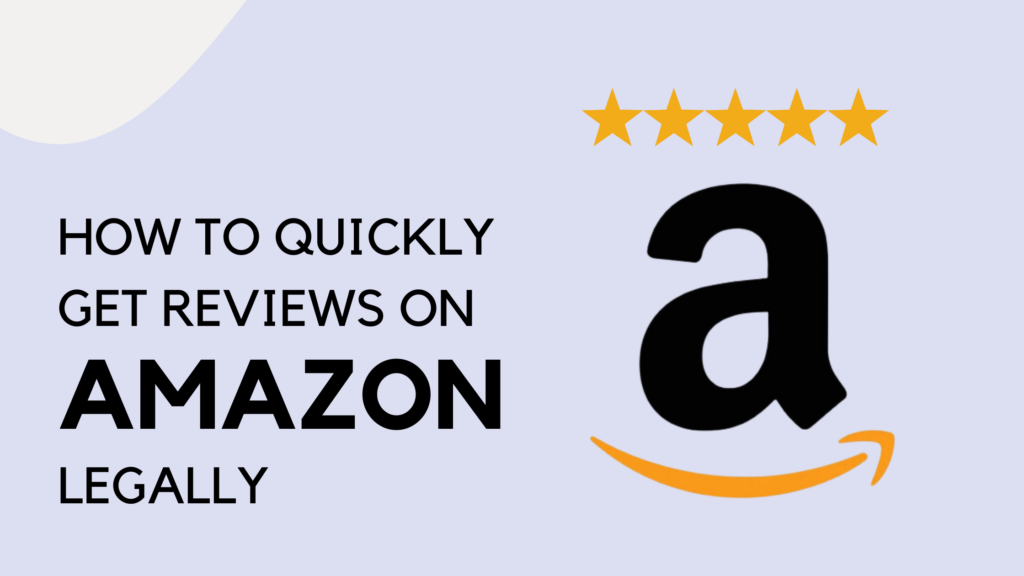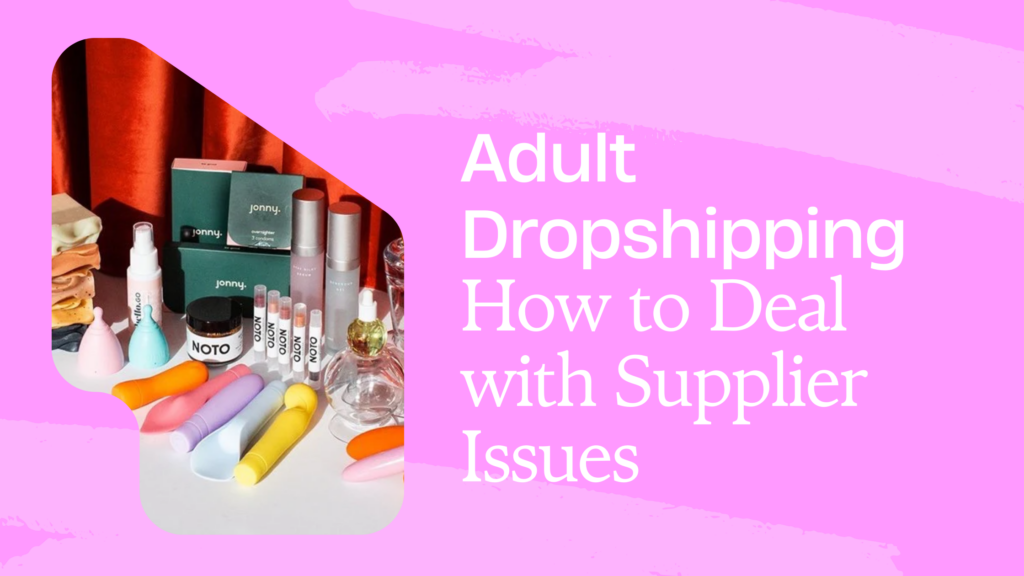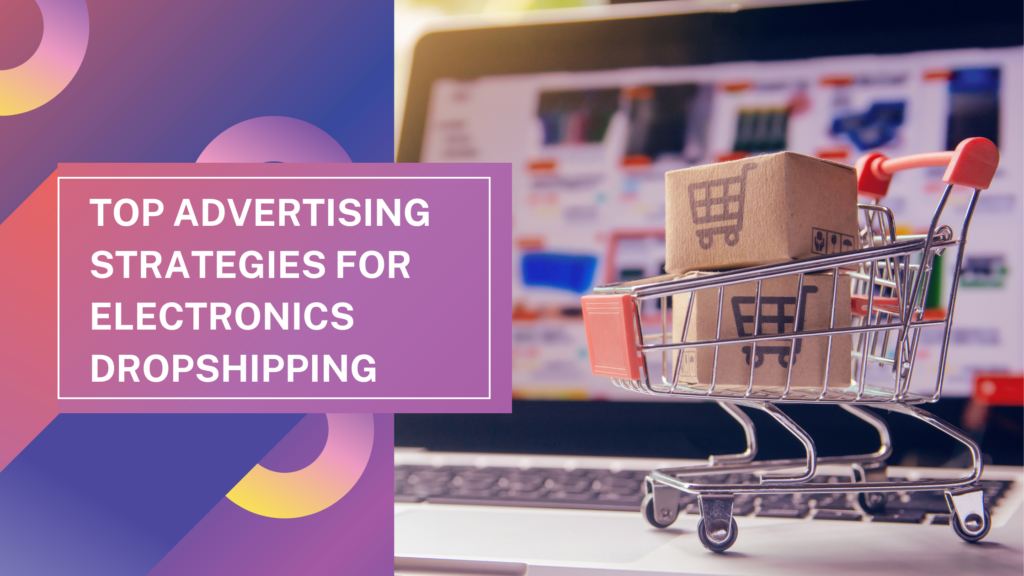Dropshipping Using Amazon FBA vs Third-Party Suppliers
In the world of ecommerce, two popular fulfillment models have emerged as game-changers: Amazon FBA and dropshipping. These models offer unique advantages and disadvantages that entrepreneurs must consider when deciding which strategy is perfect for their business.
In this comprehensive guide, we will explore the key differences between Amazon FBA and dropshipping, highlighting their pros and cons to help you make an informed decision. We’ll delve into the specifics of each model, discuss their benefits and drawbacks, and provide actionable insights to assist you in choosing the right fulfillment model for your ecommerce business.
Understanding Dropshipping
Before we dive into the differences between Amazon FBA and dropshipping, let’s start by understanding the dropshipping business model. In dropshipping, sellers do not hold inventory. Instead, they list products in their online stores and, when a customer places an order, they purchase the product from a third-party supplier who directly ships it to the customer. This means that the sellers never have to handle the products themselves.
Dropshipping offers several advantages.
- First and foremost, it requires minimal upfront investment. Sellers can start their dropshipping business without the need to purchase inventory in advance.
- Additionally, dropshipping allows for scalability, as sellers can easily add or remove products from their online stores to adapt to market trends and customer demands.
- The low risk and flexibility of dropshipping make it an attractive option for beginners in the ecommerce industry.
However, dropshipping also has its drawbacks.
- One of the major challenges is the high level of competition. Since dropshipping has a low entry barrier, many sellers are offering similar or identical products, making it crucial for sellers to differentiate themselves through product research and by focusing on unique niches.
- Dropshippers also have limited control over stock availability and shipping times, as they rely on their suppliers to fulfill orders promptly.
- Furthermore, dropshippers must ensure the quality of the products they sell, as they have no direct control over the product’s condition before it is shipped to the customer.
Exploring Amazon FBA
As an ecommerce giant, Amazon offers various services to sellers on its platform. One of these services is Amazon FBA, which stands for “Fulfillment By Amazon.” With Amazon FBA, sellers can store their products in Amazon’s fulfillment centers. When a customer places an order, Amazon handles the shipping, packing, and customer service.
Amazon FBA provides several benefits to sellers. Firstly, it offers a reliable and trustworthy brand. Amazon is a globally recognized and trusted company, which can give sellers a competitive edge and instill confidence in customers when making a purchase. Additionally, Amazon has a massive user base, providing sellers with access to organic traffic.
This means sellers don’t have to spend as much on paid advertisements to attract customers to their stores. Amazon FBA also streamlines the order fulfillment process, allowing sellers to focus on other aspects of their business, such as marketing and product selection. Moreover, Amazon FBA listings are automatically eligible for Amazon Prime, offering customers free and fast shipping, which can be a significant advantage over other sellers on the platform.
Amazon also has strict rules and regulations that sellers must follow, and failure to comply can result in fines or account suspension. Another limitation of Amazon FBA is that sellers have limited control over branding and packaging. Additionally, sellers incur various fees, including referral fees, inventory storage fees, and fulfillment fees, which can eat into their profit margins.
Amazon FBA vs Dropshipping: Pros and Cons
Let’s compare the pros and cons of each fulfillment model side by side.
Pros of Amazon FBA
Reliable and trustworthy brand: Amazon is a globally recognized and trusted brand, which can give sellers a competitive edge and instill confidence in customers.
Organic traffic: Amazon has a massive user base, providing sellers with access to a large pool of potential customers without having to invest heavily in paid advertisements.
Efficient order fulfillment: With Amazon FBA, sellers can outsource the entire fulfillment process to Amazon, including shipping, packing, and customer service, allowing them to focus on other aspects of their business.
Free shipping: Amazon FBA listings are automatically eligible for Amazon Prime, offering customers free and fast shipping, which can be a significant advantage over other sellers on the platform.
Cons of Amazon FBA
The upfront investment for inventory: Amazon FBA requires sellers to purchase inventory in advance, which can be a risky business model if the products don’t sell as expected.
Strict rules and regulations: Amazon has strict guidelines that sellers must follow, and failure to comply can result in fines or account suspension.
Limited control over branding and packaging: Amazon packages all products with the Amazon logo, making it challenging for sellers to establish their own brand identity and connect with customers on a personal level.
Seller fees: Amazon charges various fees, including referral fees, inventory storage fees, and fulfillment fees, which can eat into sellers’ profit margins.
Pros of Dropshipping
Low initial investment: Dropshipping allows sellers to start an ecommerce business with minimal upfront costs, as they don’t need to purchase inventory in advance.
Flexibility and scalability: Dropshipping offers flexibility, as sellers can easily add or remove products from their online stores to adapt to market trends and customer demands. It also allows for scalability, as sellers can fulfill more orders and expand their business as they generate sales.
Higher profit margins: Dropshippers can negotiate better pricing with suppliers since they buy products per order, potentially leading to higher profit margins compared to traditional retail business models.
Cons of Dropshipping
High competition: Dropshipping has a low entry barrier, resulting in high competition among sellers offering similar or identical products. Sellers must differentiate themselves through product research and focusing on unique niches.
Limited control over stock availability and shipping times: Dropshippers rely on their suppliers to fulfill orders promptly and ensure stock availability, which can be a challenge if the supplier faces issues or delays.
Lack of control over product quality: Dropshippers don’t have direct control over the product’s quality before it is shipped to the customer, which means they must source reliable suppliers to ensure customer satisfaction.
Time and effort required for website building: While dropshippers can utilize ecommerce marketplaces like Amazon, building a customizable website allows for better branding and customer experience. However, building and maintaining a website requires time and effort.
Which Fulfillment Model is Right for You?
Now that we’ve explored the pros and cons of both Amazon FBA and dropshipping, it’s time to determine which fulfillment model is right for your ecommerce business.
If you are a beginner in the ecommerce industry or looking for a hands-off solution with a high profit margin, Amazon FBA may be a suitable option. With Amazon FBA, you can leverage the trust and credibility of the Amazon brand, access a vast user base, and benefit from efficient order fulfillment. However, it’s important to consider the upfront investment required and the limitations imposed by Amazon’s rules and regulations.
On the other hand, if you are seeking a more affordable option with greater control and flexibility, dropshipping may be the better choice. Dropshipping allows for low upfront investment, scalability, and higher profit margins. However, dropshippers must navigate high competition, ensure reliable suppliers, and invest time and effort in building and maintaining a customizable website.
Ultimately, the fulfillment model you choose depends on your unique business needs and goals. It’s crucial to carefully evaluate your budget, product type, control requirements, scalability potential, and time commitment before making a decision.
Automating Your Fulfillment Operations
Regardless of whether you choose Amazon FBA or dropshipping, automation can significantly streamline your fulfillment operations and save you time and effort. Dropshipping automation tools can help you automate various aspects of your business, such as product research, price and stock monitoring, order fulfillment, tracking number updates, and price optimization.
One such tool is provided by Inventory Source, a comprehensive dropshipping automation software that simplifies and streamlines your dropshipping operations. With Inventory Source, you can automate product research, monitor prices and stock availability, import products from suppliers, fulfill orders automatically, update tracking numbers, optimize prices, and more. By leveraging automation, you can focus on building your brand, scaling your business, and ensuring long-term success.
Conclusion
In conclusion, choosing the right fulfillment model for your ecommerce business is a critical decision that can significantly impact your success. Both Amazon FBA and dropshipping offer unique advantages and disadvantages, and the choice depends on your specific needs, goals, and preferences.
Amazon FBA provides a reliable and trustworthy brand, access to a vast user base, efficient order fulfillment, and eligibility for Amazon Prime benefits. However, it requires an upfront investment, adherence to strict rules and regulations, and limited control over branding and packaging.
Dropshipping offers low initial investment, flexibility, scalability, and higher profit margins. However, it comes with high competition, limited control over stock availability and shipping times, and the need to ensure reliable suppliers and quality products.
By carefully considering the pros and cons of each fulfillment model, evaluating your business requirements, and leveraging automation tools like Inventory Source, you can make an informed decision and set your ecommerce business up for success. So, whether you choose Amazon FBA or dropshipping, remember to stay focused, continuously learn and experiment, and adapt to the ever-changing ecommerce landscape.



